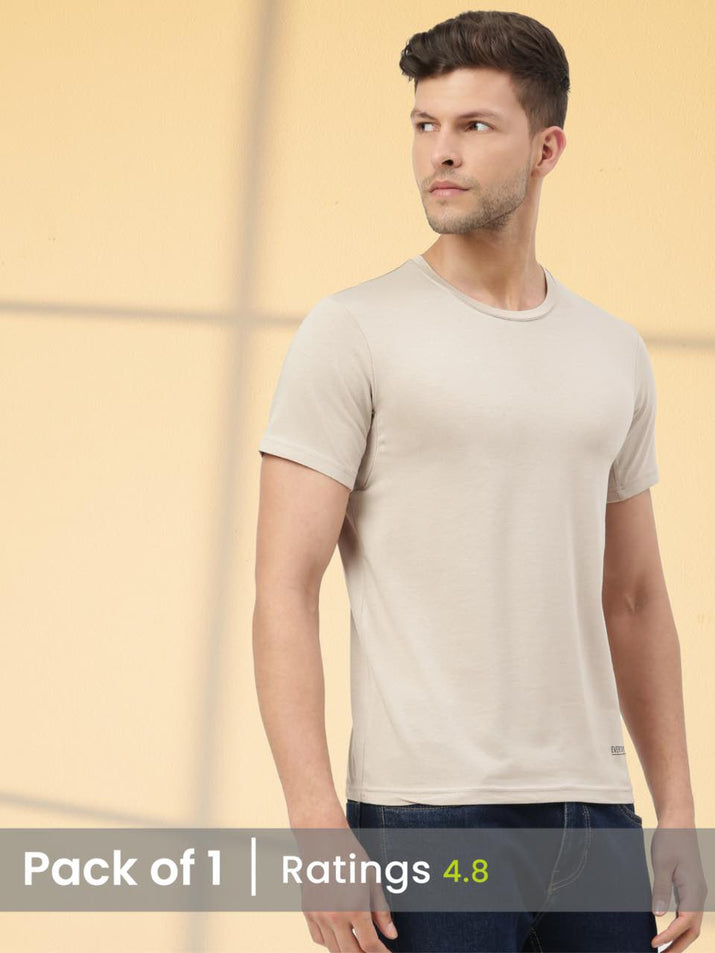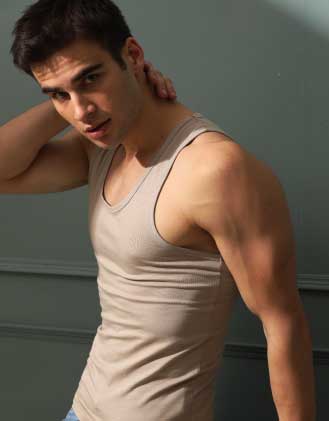Beyond fleeting fashion trends, the humble t-shirt stands as a testament to enduring style and practicality. But what truly separates a wardrobe staple from a disposable garment? Today's consumers demand both longevity and aesthetic appeal, pushing manufacturers to innovate with fabric technology and design techniques. We'll explore the critical role of fiber selection, weaving patterns. Advanced printing methods in crafting a durable yet stylish t-shirt. From the resilience of ring-spun cotton to the vibrant possibilities of direct-to-garment printing, discover how these elements converge to create a garment that withstands the test of time and makes a statement.

Understanding T-Shirt Fabrics: A Deep Dive
The foundation of any great t-shirt is its fabric. The type of fiber, weave. Treatment significantly impacts its durability, comfort. Overall appearance. Let's explore the most common types:
- Cotton: The most popular choice, cotton is known for its softness, breathability. Affordability. But, it's prone to shrinking and wrinkling.
- Polyester: A synthetic fiber, polyester is durable, wrinkle-resistant. Quick-drying. It's often blended with cotton for enhanced performance.
- Blends (Cotton-Polyester, Tri-Blends): These combine the best qualities of different fibers. Cotton-polyester blends offer a balance of comfort and durability, while tri-blends (cotton, polyester. Rayon) provide exceptional softness and drape.
- Linen: A natural fiber known for its breathability and unique texture. Linen t-shirts are a great choice for warm weather but tend to wrinkle easily.
- Modal: A semi-synthetic fiber derived from beech tree pulp. Modal is incredibly soft, drapes well. Resists shrinking.
Weave and Knit: Key Factors in Fabric Performance
Beyond the fiber type, the weave or knit pattern significantly affects the fabric's characteristics. Here's a breakdown of common weaves and knits used in t-shirt production:
- Jersey Knit: The most common knit for t-shirts. It's characterized by a smooth face and a slightly textured back. Jersey knit is soft, stretchy. Relatively inexpensive.
- Rib Knit: Features vertical ribs that provide elasticity and shape retention. Often used for neckbands and cuffs.
- Pique Knit: A textured knit with a subtle geometric pattern. Pique knit is more durable than jersey knit and offers a more refined look.
-
Single Jersey: This is lightweight and breathable, ideal for summer
Casual Wear and active wear. - Double Jersey: A thicker, more substantial knit that provides better insulation and opacity.
Fabric Weight: GSM Explained
GSM (grams per square meter) is a measure of fabric weight. It indicates the density of the fabric, influencing its thickness, drape. Durability. A higher GSM generally means a heavier, more durable fabric. Here's a general guide:
- Lightweight (120-150 GSM): Ideal for summer wear or layering. Can be slightly sheer.
- Midweight (160-180 GSM): A good balance of comfort and durability. Suitable for year-round wear.
- Heavyweight (190+ GSM): More durable and substantial. Offers a premium feel and better opacity.
Durable Designs: Printing Techniques
The longevity of a t-shirt design depends heavily on the printing technique used. Some methods are more durable and resistant to fading and cracking than others. Here are some popular options:
- Screen Printing: A classic method that involves pressing ink through a stencil onto the fabric. Screen printing is durable and cost-effective for large quantities.
- Direct-to-Garment (DTG) Printing: A digital printing method that sprays ink directly onto the fabric. DTG printing is ideal for complex designs and small quantities but may not be as durable as screen printing.
- Heat Transfer Vinyl (HTV): A method that involves cutting designs from vinyl and heat-pressing them onto the fabric. HTV is suitable for simple designs and personalized items.
- Dye Sublimation: A process that infuses dye into the fabric, creating a permanent and vibrant design. Dye sublimation is ideal for polyester fabrics and all-over prints.
To illustrate the difference, imagine printing a complex, multi-colored photograph on a t-shirt. DTG would be the better choice as it can handle intricate details and color gradients. But, for a simple, bold logo, screen printing might be more cost-effective and durable.
Ethical and Sustainable Fabric Choices
In today's world, sustainability is a growing concern. Choosing ethically sourced and environmentally friendly fabrics is crucial. Here are some options to consider:
- Organic Cotton: Grown without the use of pesticides or synthetic fertilizers.
- Recycled Polyester: Made from recycled plastic bottles, reducing waste and conserving resources.
- Tencel (Lyocell): A sustainable fiber made from wood pulp using a closed-loop production process.
- Hemp: A fast-growing, low-impact crop that requires minimal water and pesticides.
T-Shirt Styles: Beyond the Basic Crew Neck
The classic crew neck t-shirt is a wardrobe staple. There's a whole world of styles to explore. Choosing the right style can elevate your look and express your personal style. Here's a rundown of popular t-shirt styles:
- Crew Neck: A classic round neckline that sits close to the neck.
- V-Neck: Features a V-shaped neckline that elongates the neck and flatters the face.
- Scoop Neck: A wider, more rounded neckline that exposes more of the collarbone.
- Henley: A casual style with a buttoned placket at the neckline.
-
Polo Shirt: A collared shirt with a buttoned placket, typically made from pique knit fabric. A sophisticated alternative to basic
Tops . - Raglan Sleeve: Features sleeves that extend to the collarbone, creating a sporty and relaxed look.
Real-World Applications: T-Shirts in Branding and Marketing
T-shirts are powerful tools for branding and marketing. They can be used to promote a business, event, or cause. Here are some real-world examples:
- Employee Uniforms: T-shirts with a company logo create a sense of unity and professionalism.
- Promotional Giveaways: T-shirts are a popular and effective way to promote a brand at events and trade shows.
- Merchandise: Bands, artists. Sports teams often sell t-shirts as merchandise to generate revenue and build fan loyalty.
- Fundraising: T-shirts can be sold to raise money for charitable causes.
Comparing Fabric Options: Durability, Comfort. Cost
Choosing the right t-shirt fabric involves balancing durability, comfort. Cost. Here's a table comparing common fabric options:
| Fabric | Durability | Comfort | Cost |
|---|---|---|---|
| Cotton | Moderate | High | Low |
| Polyester | High | Moderate | Low |
| Cotton-Polyester Blend | High | High | Moderate |
| Linen | Moderate | High (Breathable) | High |
| Modal | Moderate | Very High (Soft) | Moderate to High |
Caring for Your T-Shirts: Tips for Longevity
Proper care can significantly extend the life of your t-shirts. Here are some tips to keep them looking their best:
- Wash inside out: This helps protect the design and prevent fading.
- Use cold water: Hot water can cause shrinking and fading.
- Avoid harsh detergents: Use a mild detergent specifically designed for delicate fabrics.
- Tumble dry on low heat or air dry: High heat can damage the fabric and design.
- Iron inside out on low heat: Avoid ironing directly over the design.
- Store properly: Fold or hang your t-shirts to prevent wrinkles.
Conclusion
The enduring appeal of t-shirts lies in their blend of robust fabric and eye-catching design. But beyond the basics, true t-shirt mastery involves understanding evolving trends. We've explored key factors like fabric weight, print techniques. The rising demand for sustainable materials. Remember that choosing a heavier GSM cotton for durability, experimenting with direct-to-garment printing for intricate designs. Opting for organic or recycled options are all actionable steps you can take. Looking ahead, personalization is king. Think custom graphic tees using AI-generated art or collaborative designs with local artists. My personal tip? Don't be afraid to experiment with tie-dye or bleach techniques for a truly unique look! Embrace the t-shirt as a canvas for self-expression. You'll always be in style. So go forth, create. Wear your story with confidence!
More Articles
Printed Bandana for Men Face Mask – Versatile Style & Dust Protection
Men's Branded Trunks – Premium Comfort & Stylish Design
Indian Cotton Bandana for Men Online – Stylish Accessory & Sun Protection
Cotton Boxers for Women Anti Chafing – Smooth Comfort & Breathable Fabric
FAQs
So, what makes these T-shirts so 'durable' exactly? I've had shirts fall apart after like, three washes!
You're right to be skeptical! Durability here comes down to a few things: the quality of the cotton used (think longer fibers that hold together better), the knitting process (tighter weaves mean less tearing). The stitching. We're talking reinforced seams and quality thread, not the cheap stuff that unravels the first time you look at it funny.
What kind of stylish designs are we talking about? I'm not into anything too crazy.
Totally get it! 'Stylish' is subjective, right? We offer a range, from classic minimalist looks with subtle logos, to bolder graphic prints. Think modern, clean designs that are on-trend but not fleeting fads. We aim for shirts you'll still want to wear next year… and the year after that!
Will these T-shirts shrink in the wash? That's my biggest fear!
Shrinkage is the enemy! We use pre-shrunk fabrics whenever possible to minimize that dreaded post-wash surprise. That said, a tiny bit of shrinkage is normal with cotton, so washing on cold and air-drying is always your best bet to keep them true to size.
Are these shirts comfortable? I don't want something scratchy or stiff.
Comfort is key! We prioritize soft, breathable fabrics. Think of it like your favorite worn-in T-shirt. Brand new and ready to be loved. We often use ring-spun cotton, which is extra smooth and comfortable against the skin.
What sizes are available?
We generally stock sizes ranging from Small to XXL. Sometimes even larger depending on the style! Check the specific product page for accurate sizing charts, as they can vary a little.
Okay. What if I don't like the shirt when it arrives?
No worries! We have a pretty straightforward return policy. If you're not happy with your purchase for any reason, just contact us within [Number] days and we'll help you sort out a return or exchange. We want you to love your T-shirt!
How should I wash these to keep them looking good for longer?
To maximize the life of your T-shirt, turn it inside out before washing, use cold water. Avoid harsh detergents or bleach. Tumble dry on low or, even better, hang it up to air dry. Your T-shirt (and the environment) will thank you!






